In its first year on the scene, Ravensurber’s Disney Lorcana TCG has rapidly become the card game of choice for countless deckbuilding Disney enthusiasts, and there’s no shortage of reasons why. Of course, much of the game’s appeal comes from its role as Disney‘s premier trading card game, but more importantly, its unique blend of friendly game mechanics makes it an attractive prospect as a TCG that stands on its own merits.
Game Rant recently attended the Disney Lorcana TCG Challenge in Seattle to have a chat with co-creator Ryan Miller, whose undeniable passion for Disney and TCGs has helped elevate the game into both a truly authentic Disney game and a TCG fit for the most discerning fans of the genre. Amid the hustle and bustle of thousands of Disney Lorcana players enjoying casual matches of Pack Rush or working their way up the tournament ladder, Miller spoke with Game Rant about some of Disney Lorcana’s more unique qualities, namely its non-confrontational win condition and the game’s thematically appropriate singing mechanic.
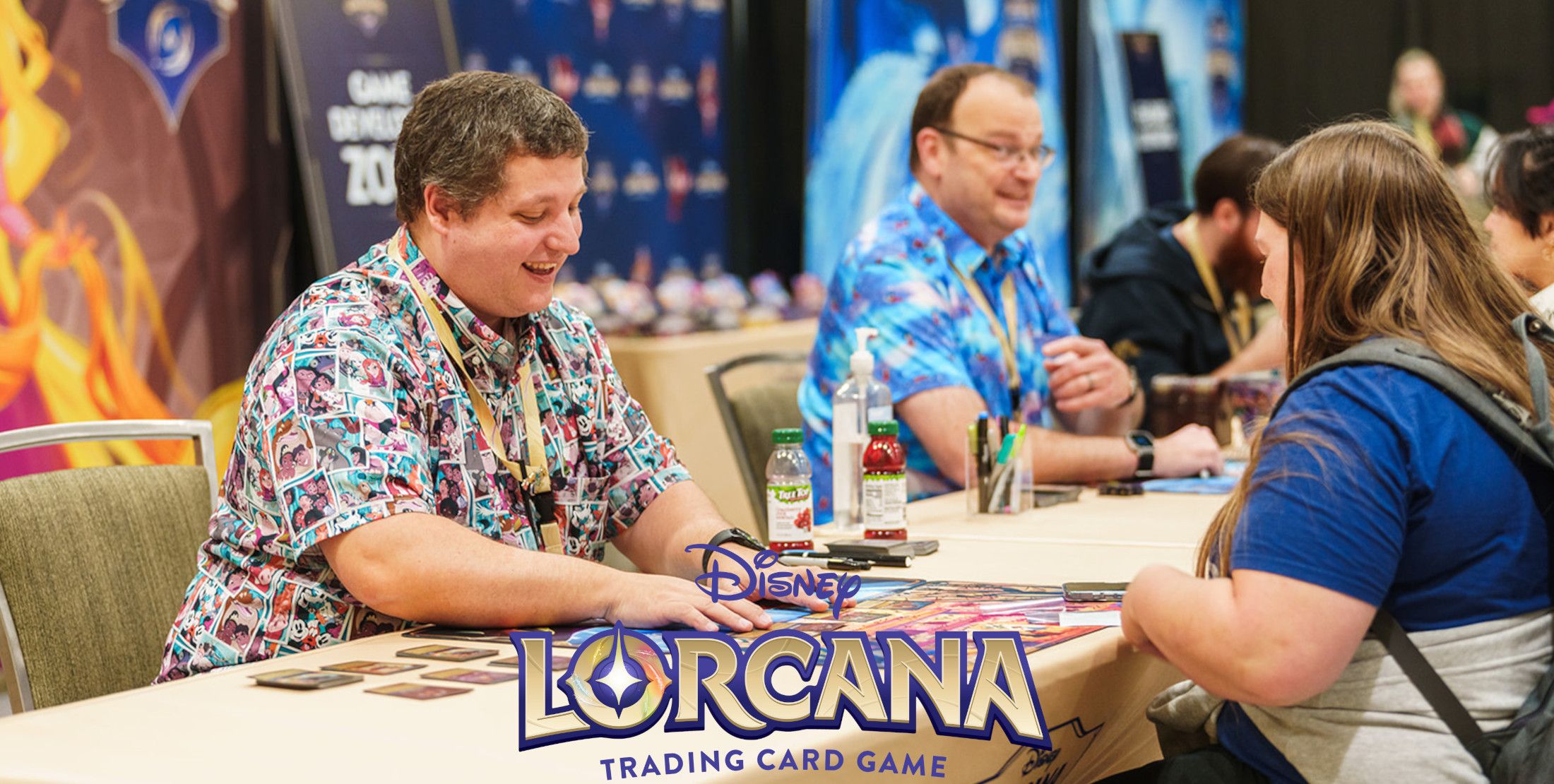
Related
Interview: Disney Lorcana TCG Co-Designer Steve Warner Talks Card Design and Game Balance
Game Rant sits down with Disney Lorcana TCG Co-Designer Steve Warner to chat about the team’s approach to game balance and creating new card sets.
Disney Lorcana’s Win Condition Removes Antagonism and Encourages Multiplayer
Contrary to many TCGs, Disney Lorcana‘s win condition doesn’t involve players reducing each other’s HP or damaging one another personally. Instead, players are locked in a race to gather 20 lore acquired by “questing” with applicable cards. To Miller, this minor distinction carries huge implications, since this win condition keeps the game moving forward steadily while leaving room for multiplayer functionality. Any number of players can participate in this “race,” and nobody is ever eliminated.
It might sound almost semantic, but it’s hugely different. One of the things we strive for in good game design is what football would call forward progression. We want the game to move towards some sort of end state as much as possible. That way, the game progresses at a nice, fast clip.
The other aspect of going to 20 is that it’s less confrontational. I’m not attacking anybody. There is still some confrontation, as I’m challenging your characters, but I don’t win the game by challenging; I only slow you down in the race we’re on. In a multiplayer game with three or more players, another great thing is that no one is ever eliminated. You’re in it for the entire time.
In other games, you often have to attack or take some action to move the game forward, which can come with a social cost. I have to say, “Hey, I’m going to do something to you.” In
Lorcana
, I can just quest and move the game forward without it costing me anything socially. To me, that makes it more relaxing. There’s less antagonism.
Disney Lorcana‘s win condition also has a social benefit. Miller noted that players don’t need to single each other out or “damage” one another, which cuts back on the antagonism. Of course, Disney Lorcana cards may still challenge one another and deal damage, but it’s a confrontation between the cards rather than the players. This low social cost, as Miller puts it, might be partially responsible for why the game fosters such a positive environment even at higher-stakes competitive events.
Disney Lorcana’s Singing Mechanic Is On-Brand And Strategically Important
Another of the game’s highlights is undoubtedly its singing mechanic. This unique game mechanic allows singer characters to “sing” song cards into play without expending ink, and some decks leverage this heavily in their approach to strategy. Given the importance of music in virtually every Disney film, the mechanic is thematically aligned with the Disney franchise and evokes some amusing mental images. For example, Miller pointed to a scenario where Donald Duck might sing a tune from The Sword and the Stone.
This mechanic is not only fun and thematic—imagine Donald Duck singing “Gruesome and Grim” (I won’t attempt it, since I can’t do a Donald Duck voice)—but also a very strategic choice. It allows me to save that ink for something else I might want to play.
What I love about it is how the thematic and mechanical elements bind well together and create something that’s thematically very fun and immersive but also strategic.
There are times when you want to have a character sing, and there are times when you just want to play it.
Miller also notes that singing, like many of Disney Lorcana‘s mechanics, becomes an increasingly strategic choice in higher-level play. An inexperienced player might immediately sing a card into play to save the ink for another card, but a more skilled competitor may decide to play the card with ink and opt to challenge or quest with their singer card instead. The game might be easy to learn and may feature countless iconic Disney—and soon Pixar characters—but there’s no doubt that Disney Lorcana is a serious TCG with enough depth even for genre veterans.
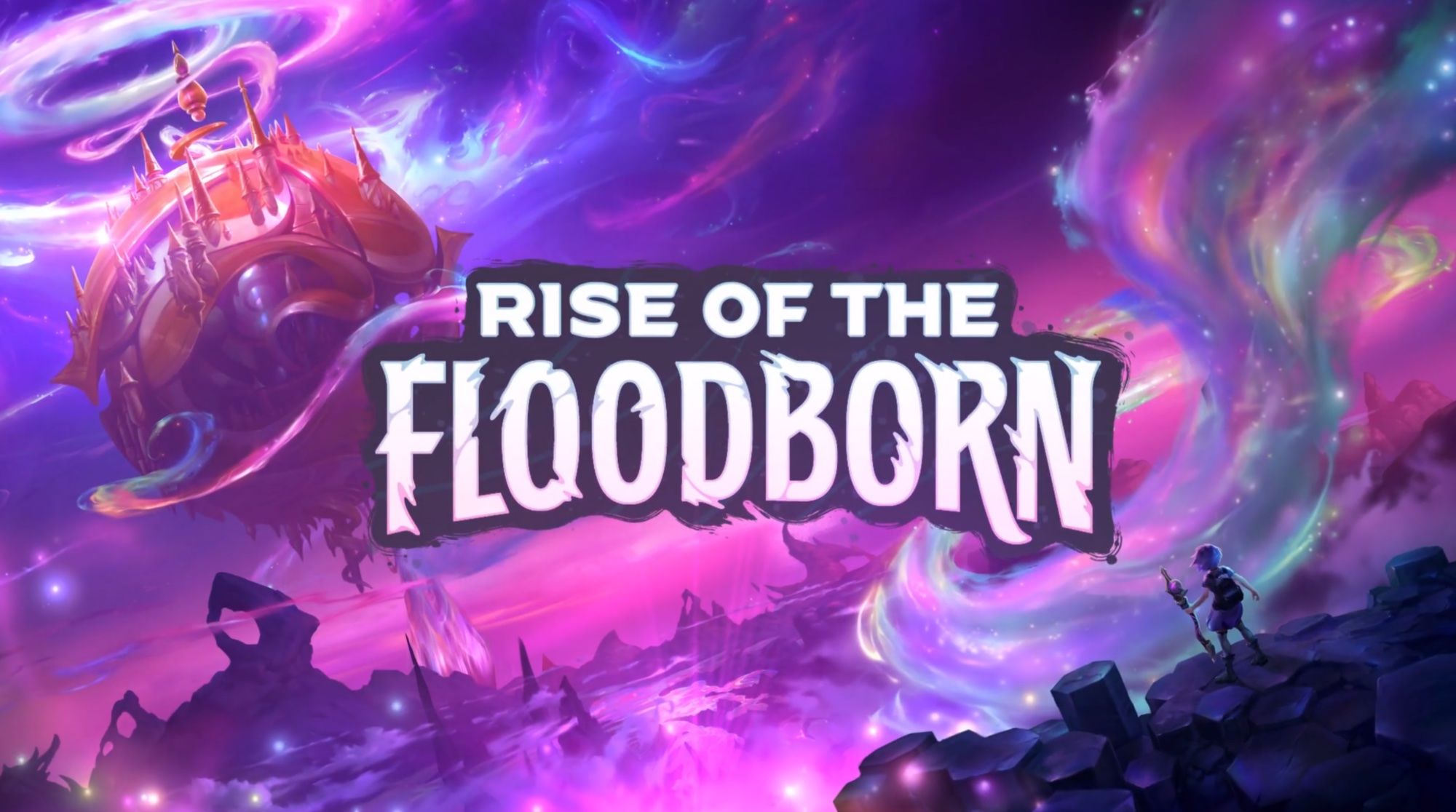
Disney Lorcana
As an Illumineer, you’ll wield six magical inks to summon glimmers of Disney characters. Glimmers can appear as familiar friends or in fantastically reimagined forms. Recruit glimmers to your team as you travel through the realm of Lorcana.
The Disney Lorcana: Rise of the Floodborn trading card game will be available at Hobby Stores and Disney Parks on November 17th and on Mass retailers and shopDisney on December 1.
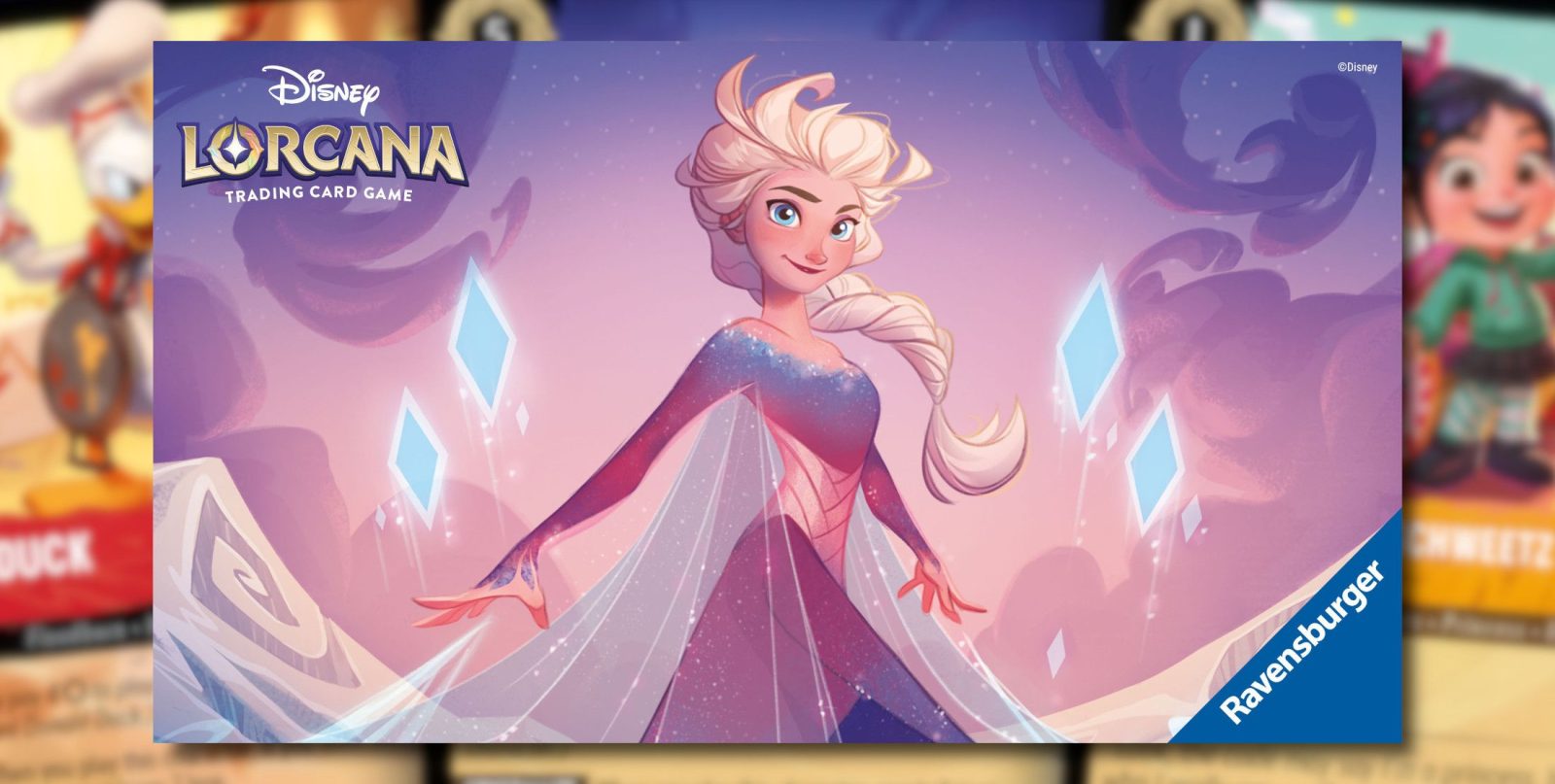

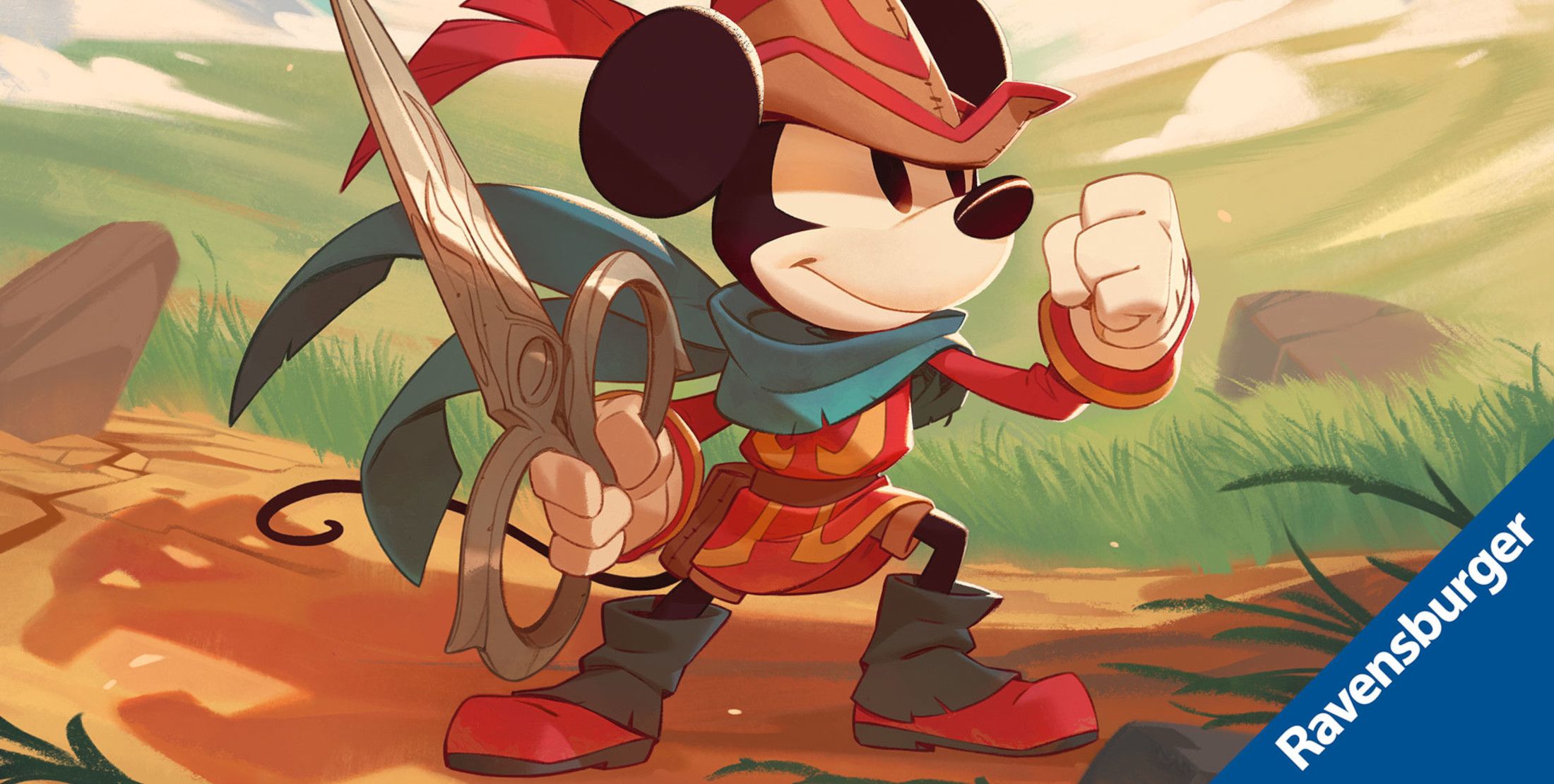





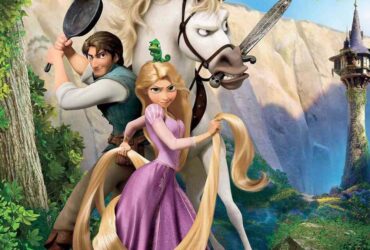




Leave a Reply